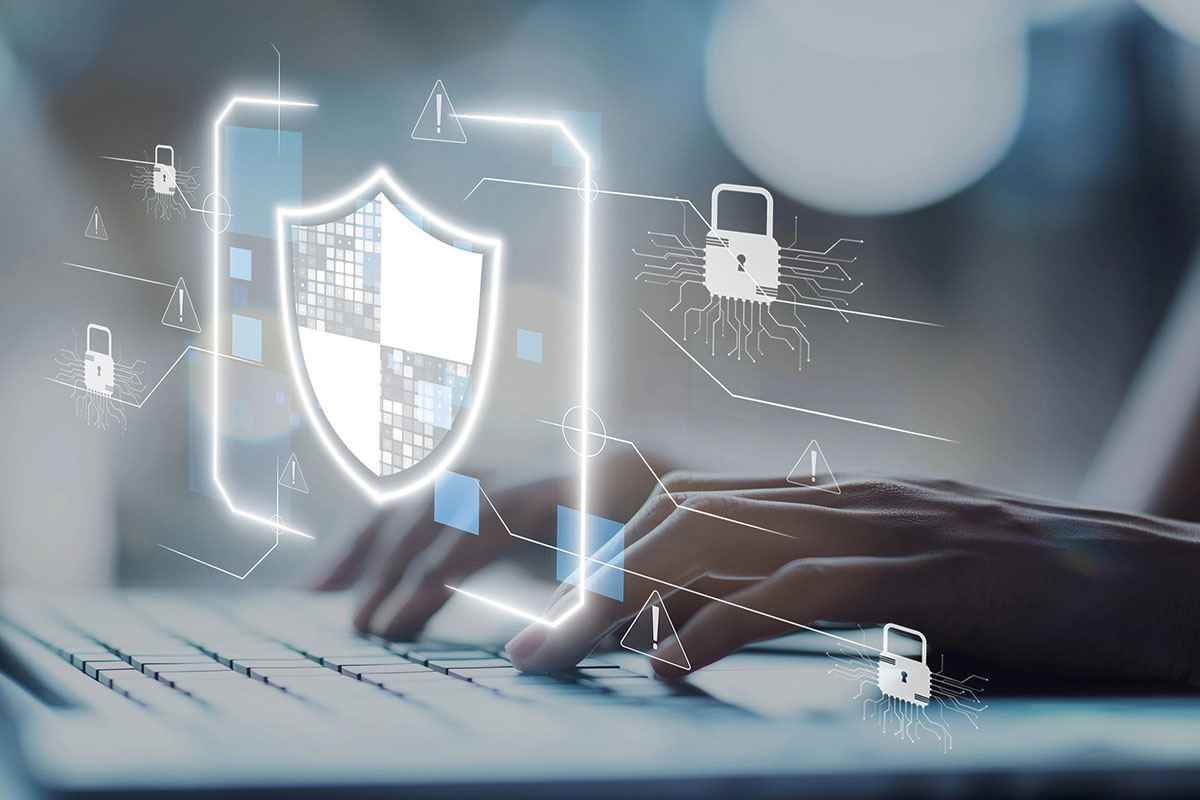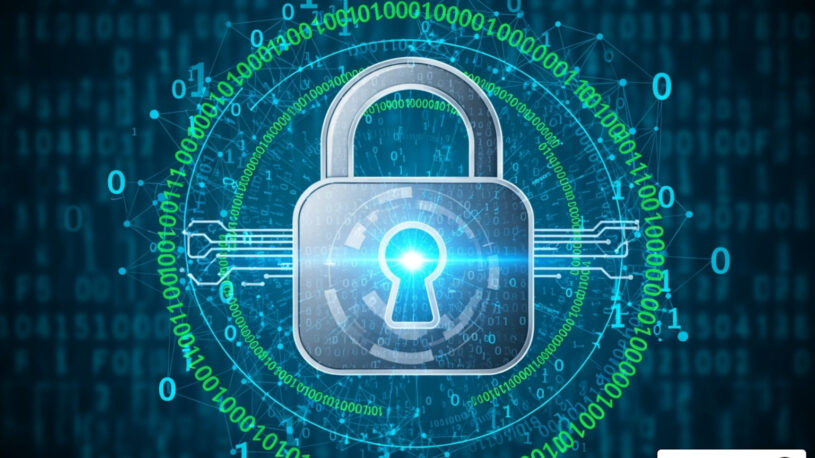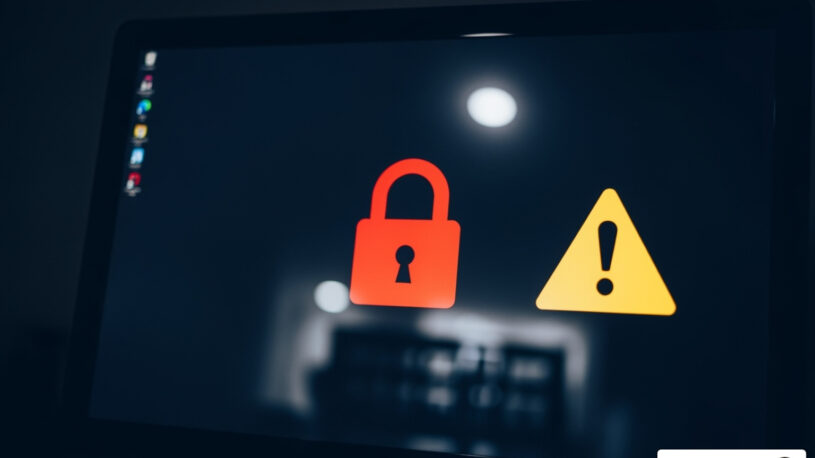

How Keyloggers Work & Essential Detection Methods
Keyloggers are advanced tools that record keystrokes on devices, making them a major cybersecurity threat. Below, we’ll examine keyloggers in depth, learning about their functionality and the significance of detecting them.
We’ll also establish various detection methods to help you protect your sensitive information from malicious individuals looking to exploit it. Stay informed and empowered as we uncover the complexities of keyloggers and provide you with the knowledge to safeguard yourself and private your private data.
What are Keyloggers?
Keyloggers come in different forms, either as software or hardware, each with distinct characteristics and purposes:
1. Software Keyloggers
Characteristics: Software keyloggers are programs installed on a device to record keystrokes.
Legal Uses: They can be used for legitimate purposes such as parental control to monitor children’s online activities or for employee monitoring in the workplace.
2. Hardware Keyloggers
Characteristics: Hardware keyloggers are physical devices inserted between the keyboard and the computer to intercept keystrokes.
Legal Uses: These devices can be legally employed for IT troubleshooting or as a security measure in certain environments.
How Keyloggers Work
Keylogger infection methods
They can infect devices through various methods, with common tactics including phishing emails and malicious downloads. Here’s how these methods work:
- Phishing emails: Phishing emails often contain attachments or links that, when clicked, unknowingly install keyloggers on the device.
- Malicious downloads: Malicious downloads from untrustworthy sources can also introduce keyloggers onto your system without your knowledge.
Data captured by keyloggers
Once installed, keyloggers are designed to capture a wide range of data, such as keystrokes, passwords, credit card numbers, and other sensitive information entered on the infected device. This data is then stored and sent to remote servers controlled by cybercriminals who can exploit it for malicious purposes. Users may not even be aware that their information is compromised, making keyloggers a significant threat to cybersecurity.
Risks associated with keylogger attacks include:
- Identity theft: Attackers can steal personal details such as social security numbers, login credentials, and contact information to impersonate victims.
- Financial loss: Access to banking passwords, credit card numbers, and online payment accounts exposes users to unauthorized transactions and monetary theft.
- Data breaches: Businesses risk losing confidential client data, trade secrets, and internal communications, potentially causing severe reputational damage.
- Unauthorized system access: Cybercriminals may infiltrate corporate networks through stolen credentials, leading to ransomware attacks or data manipulation.
Personal privacy is constantly at risk because keyloggers record every keystroke without the user’s knowledge. This invasion of privacy goes beyond just passwords and includes chat histories, emails, and other private conversations.
Businesses face difficulties in keeping information confidential when keyloggers bypass traditional security measures. The secretive nature of these tools often leads to long periods of undetected monitoring, which worsens the impact on the integrity of the organization.
Detecting Keyloggers
Keyloggers often operate stealthily, but some warning signs can alert you:
- Unusual system slowdowns: Slow browser response, lagging keystrokes, or delayed mouse movements.
- Disappearing or erratic cursor behavior: The cursor may vanish temporarily or jump unexpectedly.
- Unexpected network activity: Keyloggers transmit captured data to remote servers, increasing unusual outbound traffic.
- Unknown processes running in the background: Suspicious programs or services that you don’t recognize.
- Altered system settings or new startup programs: Keyloggers may add themselves to startup lists for persistence.
Detecting hardware keyloggers requires physical inspection of USB ports and keyboard connections for unfamiliar devices or attachments.
Removing keyloggers effectively involves both automated tools and manual techniques:
- Run antivirus and anti-malware scans: Reliable security software like Norton, Bitdefender, or Kaspersky can detect and eliminate many software keyloggers.
- Use specialized anti-keylogger tools: Programs such as Zemana AntiLogger or SpyShelter provide targeted protection against keylogging threats.
- Manual removal via system monitoring:
- Check running processes with tools like Process Explorer.
- Review installed programs for unfamiliar software.
- Inspect firewall logs for suspicious outbound connections.
- Reset or reinstall your operating system when infections are severe and persistent.
Preventing Keylogger Attacks
Protecting yourself from keylogger attacks requires a combination of vigilance and the right tools. You can reduce your risk by adopting these protection measures:
1. Keep your software updated
Regularly update your operating system, browsers, antivirus programs, and all installed applications. Security patches close vulnerabilities that keyloggers exploit to infiltrate devices.
2. Exercise caution with email attachments and links
Avoid opening unsolicited emails or clicking on suspicious links. Phishing emails often carry malicious payloads designed to install keyloggers silently.
3. Limit use of public or unsecured Wi-Fi
Public networks are common hunting grounds for attackers deploying remote keyloggers. Use a trusted VPN if you must connect over public Wi-Fi.
4. Use strong, unique passwords and enable two-factor authentication (2FA)
Even if keystrokes are captured, 2FA provides an additional security layer to prevent unauthorized access.
These prevention tools reinforce defenses against keylogging threats:
- Anti-keylogger software such as Zemana AntiLogger, SpyShelter, or KeyScrambler actively block keystroke capturing methods.
- Comprehensive antivirus suites like Norton, Kaspersky, or Bitdefender detect and quarantine known keylogger malware.
- Password managers including LastPass, Dashlane, or KeePass help avoid manual typing of passwords by auto-filling login credentials securely.
- Virtual keyboards provide an alternative input method that reduces risk on compromised systems.
- Firewalls and intrusion detection systems (IDS) monitor network traffic for suspicious activities indicative of data exfiltration by keyloggers.
Securing Your Business: Why Every Keystroke Matters
Keyloggers can pose a significant threat to your cybersecurity, but with the right knowledge and tools, you can effectively detect and defend against them.
Remember, prevention is always better than cure. By implementing proactive measures such as using reliable antivirus software, keeping your operating system up to date, and being cautious with downloads and email attachments, you can significantly reduce the risk of falling victim to keylogger attacks.
Remember to monitor your devices regularly for any suspicious activity and take immediate action if you suspect a keylogger infection. Your diligence in detecting and preventing keyloggers is integral in maintaining your cybersecurity and protecting your sensitive information from falling into the wrong hands. Stay safe, stay secure!
Frequently Asked Questions About Keyloggers
What are keyloggers and how do they work?
Keyloggers are tools that record every keystroke made on a device, capturing sensitive information such as passwords and personal data. They can be software-based or hardware-based and operate by silently logging user input to monitor activities.
What are the different types of keyloggers and their uses?
There are two main types of keyloggers: software keyloggers, which are programs installed on devices, and hardware keyloggers, physical devices attached between the keyboard and computer. While some keyloggers are used legally for parental control or employee monitoring, others are malicious and pose cybersecurity threats.
How do keyloggers infect devices?
Keyloggers commonly infect devices through phishing emails, malicious downloads, or compromised websites. Once installed, they run covertly to capture keystrokes and transmit sensitive data to attackers without the user’s knowledge.
What risks do keylogger attacks pose to individuals and businesses?
Keylogger attacks can lead to serious cybersecurity threats including identity theft, financial loss, and breaches of personal privacy. For businesses, they risk exposing confidential information, damaging reputation, and causing operational disruptions.
How can I detect if my device has a keylogger infection?
Signs of a keylogger infection include unusual system behavior such as slow performance, unexpected pop-ups, or increased network activity. Using reputable antivirus software to scan your device regularly can help detect hidden keyloggers effectively.
What measures can I take to prevent keylogger attacks?
To protect against keylogger attacks, keep your software updated, avoid clicking on suspicious email attachments or links, and use security tools designed to detect and block keylogging activities.
Table of Contents









